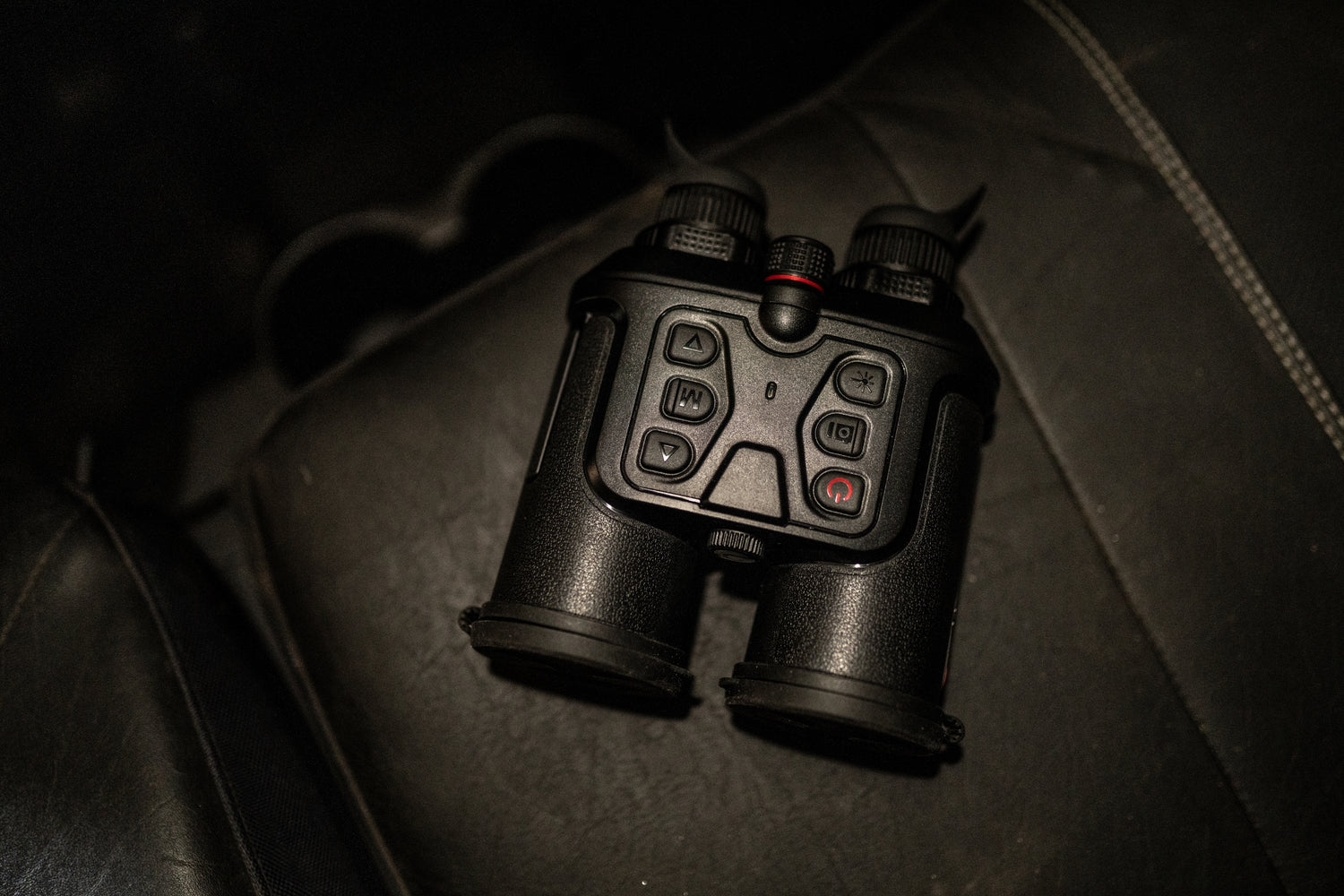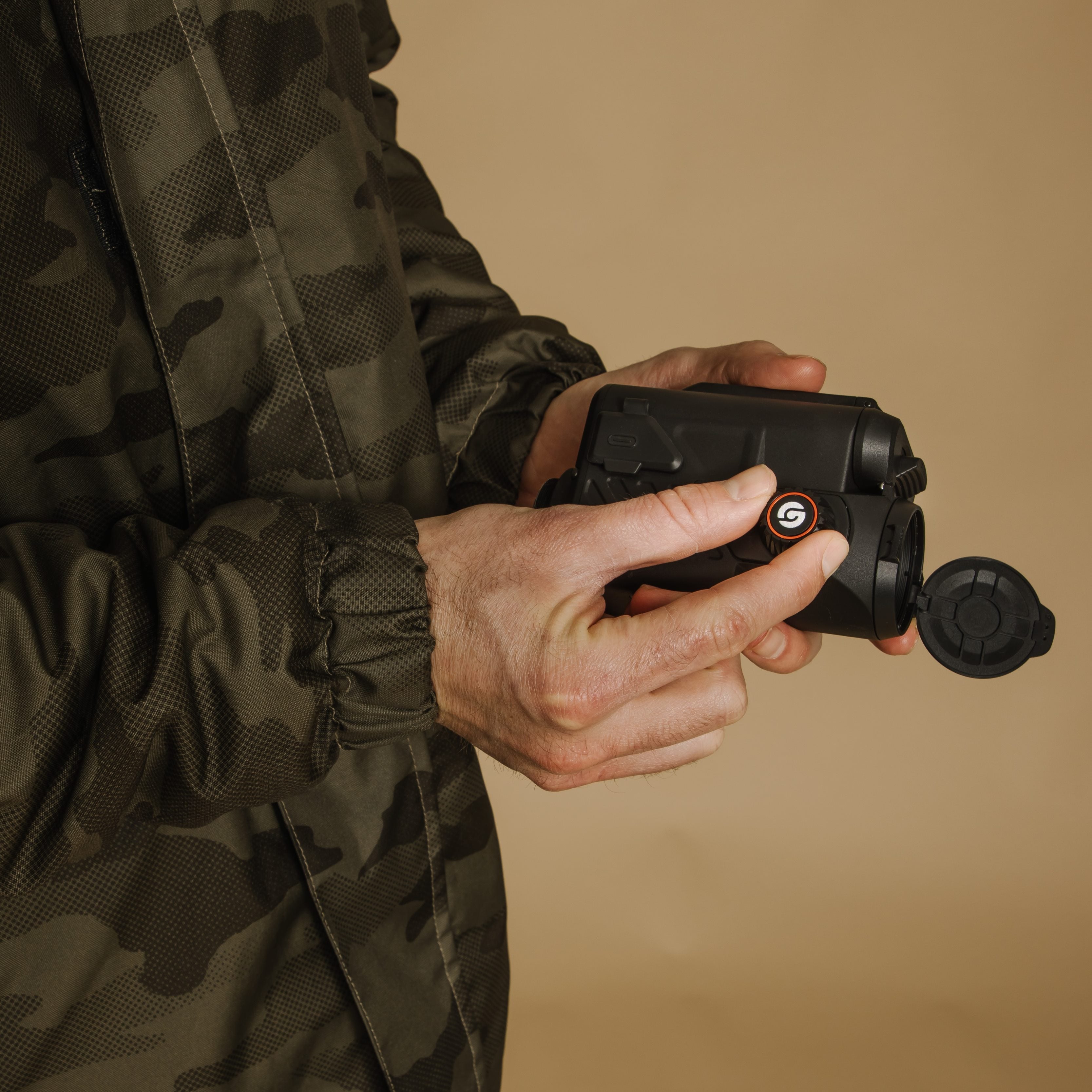What are thermal binoculars?
A thermal binocular is a device that combines the functionality of binoculars with thermal imaging technology. Unlike traditional binoculars that rely on visible light to produce images, thermal binoculars detect infrared radiation emitted by objects, allowing users to see heat signatures. This makes them particularly useful for observing objects or individuals in low-light conditions, through smoke, fog, or other visually challenging environments.Thermal binoculars are often used by military and law enforcement personnel for surveillance, search and rescue operations, and border security. They can also be used for wildlife observation, hunting, and outdoor activities where spotting heat signatures can be advantageous.
What are the differences between thermal binoculars and thermal monoculars?
Both thermal binoculars and thermal monoculars utilize thermal imaging technology to detect infrared radiation emitted by objects. However, there are some key differences between the two:
Design and usage:
- Thermal Binoculars: As their name suggests, thermal binoculars are designed like traditional binoculars with two eyepieces. They offer a stereoscopic view, allowing users to perceive depth and spatial relationships between objects. When using both eyepieces, your brain will also adapt quicker to what he sees and it will reduce motion sickness that can occur with thermal monoculars. Guide thermal binoculars also have a larger display and feature a laser range finder
- Thermal Monoculars: Thermal monoculars have a single eyepiece and are designed for one-handed use. They provide a monocular view, similar to a telescope or a camera viewfinder.
- Thermal Binoculars: Generally, thermal binoculars have a wider field of view compared to monoculars, allowing users to scan larger areas more quickly.
- Thermal Monoculars: Monoculars typically have a narrower field of view, which may require users to scan the area more methodically.
Portability and Size:
- Thermal Binoculars: Due to their dual-lens design, thermal binoculars are usually larger and heavier than monoculars, making them less portable.
- Thermal Monoculars: Monoculars are more compact and lightweight, making them easier to carry and handle in the field. You can easily fit a thermal monocular in your pocket, while you might need a case to carry your thermal binoculars.
Cost:
- Thermal Binoculars: Generally, thermal binoculars tend to be more expensive than monoculars due to their dual-lens design and additional features, such as a laser range finder.
- Thermal Monoculars: Monoculars are often more affordable and offer a cost-effective solution for individuals or professionals who require thermal imaging capabilities without the need for binocular vision.
Versatility:
- Thermal Binoculars: While thermal binoculars offer stereoscopic vision, which can be advantageous in certain situations, they may be less versatile in terms of single-handed operation.
- Thermal Monoculars: Monoculars are more versatile and can be easily mounted on helmets, rifles, or other equipment, making them suitable for a variety of applications.
In summary, the choice between thermal binoculars and thermal monoculars depends on the specific requirements of the user, including the intended application, desired features, and budget. Both devices offer unique advantages, and the decision should be based on individual needs and preferences.
Guide Sensmart TN Series
Guide Sensmart TN Series are top-of-the-line thermal binoculars. With 4 different variations, they will fit anyone's needs.
They feature the following characteristics:
- Ergonomic design:
- Integrated laser range finder:
- Capturing image and video:
- OLED display:
Having a powerful display is important to interpret what you see, that's why Guide Sensmart's thermal binoculars have a 1024 x 768 full-color OLED, which creates a high contrast image. The details in the image are enhanced with this feature, making it easy to observe it.
| TN 430 LRF | TN 450 LRF | TN 630 LRF | TN 650 LRF | |
| Resolution | 400×300@17μm | 400×300@17μm | 640×480@12μm | 640×480@12μm |
| NETD | 30mK | 30mK | 30mK | 30mK |
| Objective Lens | 35mm, F1.2 | 50mm, F1.2 | 35mm, F1.2 | 50mm, F1.2 |
| Magnification | 2.3x~9.2x | 3.2x~12.8x | 2.0x~16.0x | 2.8x~22.4x |
| Detection Range | 1300m/yd | 1800m/yd | 1800m/yd | 2600m/yd |
| Laser Rangefinder | 1000m/yd | 1000m/yd | 1500m/yd |
1500m/yd |





Leave a comment
This site is protected by hCaptcha and the hCaptcha Privacy Policy and Terms of Service apply.